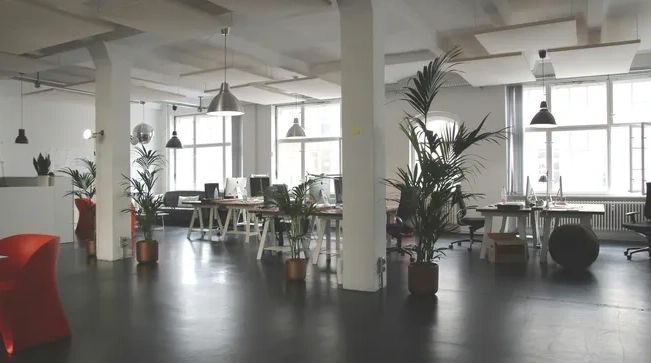BuySellBA
Administrator
Offices in transformation: business demand versus current supply - Ámbito Financiero

Source:

Oficinas en transformación: demanda empresarial versus oferta actual
Mientras las empresas mantienen su interés por relocalizarse en espacios de calidad, el inventario actual enfrenta obstáculos como el envejecimiento del stock.
July 17, 2025
While companies remain interested in relocating to quality spaces, current inventory faces obstacles such as aging stock.

The market is balancing the lack of new developments in the short term with the aging of existing stock.
In a market where demand remains strong, but increasingly selective, the Class A office stock faces a series of challenges that affect its competitiveness and growth. This is according to a new report from CBRE Argentina , which analyzes in depth the relationship between available supply and new demand demands.
The study reveals a structural disconnect: while companies remain interested in relocating to quality spaces, the current inventory faces obstacles that make it difficult to meet that need. The lack of new developments in the short term and the aging of existing stock further tighten this gap.
Despite the context, activity continues unabated: the volume of square meters transacted increased, reflecting positive net absorption. However, this dynamism is not uniform, as certain submarkets are attracting greater interest thanks to more modern inventory, while others show signs of stagnation.
"The shortage of new projects in the short term forces us to reflect on where demand that prioritizes quality, technology, sustainability, and well-being can be located, and how the current inventory responds to these needs," says Karina Longo, Research Manager at CBRE Argentina.
An inventory that ages and loses value
Today, the market is facing a turning point: 35% of Class A offices are more than 15 years old , many of them with poor maintenance, which limits their ability to compete with new corporate standards.
At the regional level, inventory growth in Argentina slowed compared to other Latin American cities, exacerbating the disconnect between supply and demand.
Age, quality and price: an increasingly marked segmentation
One of the report's key findings is the relationship between building age and rental levels . The price difference between buildings constructed before 2000 and more recent developments can reach US$ 10.6 m²/month , representing a spread of 69.3%.
Buildings constructed between 2010 and 2019 also show a difference compared to developments completed in the last five years, although the gap narrows to $ 4.1 m²/month (18.8%) . This suggests that age remains a relevant factor, but not in a linear way: beyond a certain threshold, the quality and price differential diminishes.
"The dispersion in rental prices reflects landlords' adjustments to capture increasingly selective demand," concludes Ana González , Senior Managing Director of CBRE Argentina.
Submarkets in transformation
The current inventory reflects a series of structural challenges, but also opens up new opportunities. To identify areas with potential, CBRE classified office submarkets based on two key variables: inventory age and vacancy level. This classification yields four categories: opportunity zones, high-demand zones, and declining zones.
High-demand areas , such as Av. del Libertador in Buenos Aires, combine low vacancy with recently constructed buildings, while opportunity zones contain relatively young inventory with high vacancy, which opens up room for renegotiating prices or conditions.
The 'Fly to Quality' phenomenon continues to be a key driver of demand
Between 2020 and 2025, more than 523,000 m² were rented, 49% of which corresponds to buildings constructed in the last five years. The trend known as " Fly to Quality" —relocation toward more modern, efficient, and sustainable spaces—continues, albeit at a more moderate pace than in the years prior to the pandemic.
A striking fact: initial occupancy of new developments fell from 86% (2019–2020) to 19% (2023–2024) . This reflects a more cautious market, driven by macroeconomic uncertainty and changing work patterns.
The study concludes that if new projects are not incorporated in the short term, the market could face a shortage in the face of demand that prioritizes higher standards. The opportunity for developers and owners lies in adapting the existing stock and highlighting spaces with room for improvement.
www.buysellba.com

